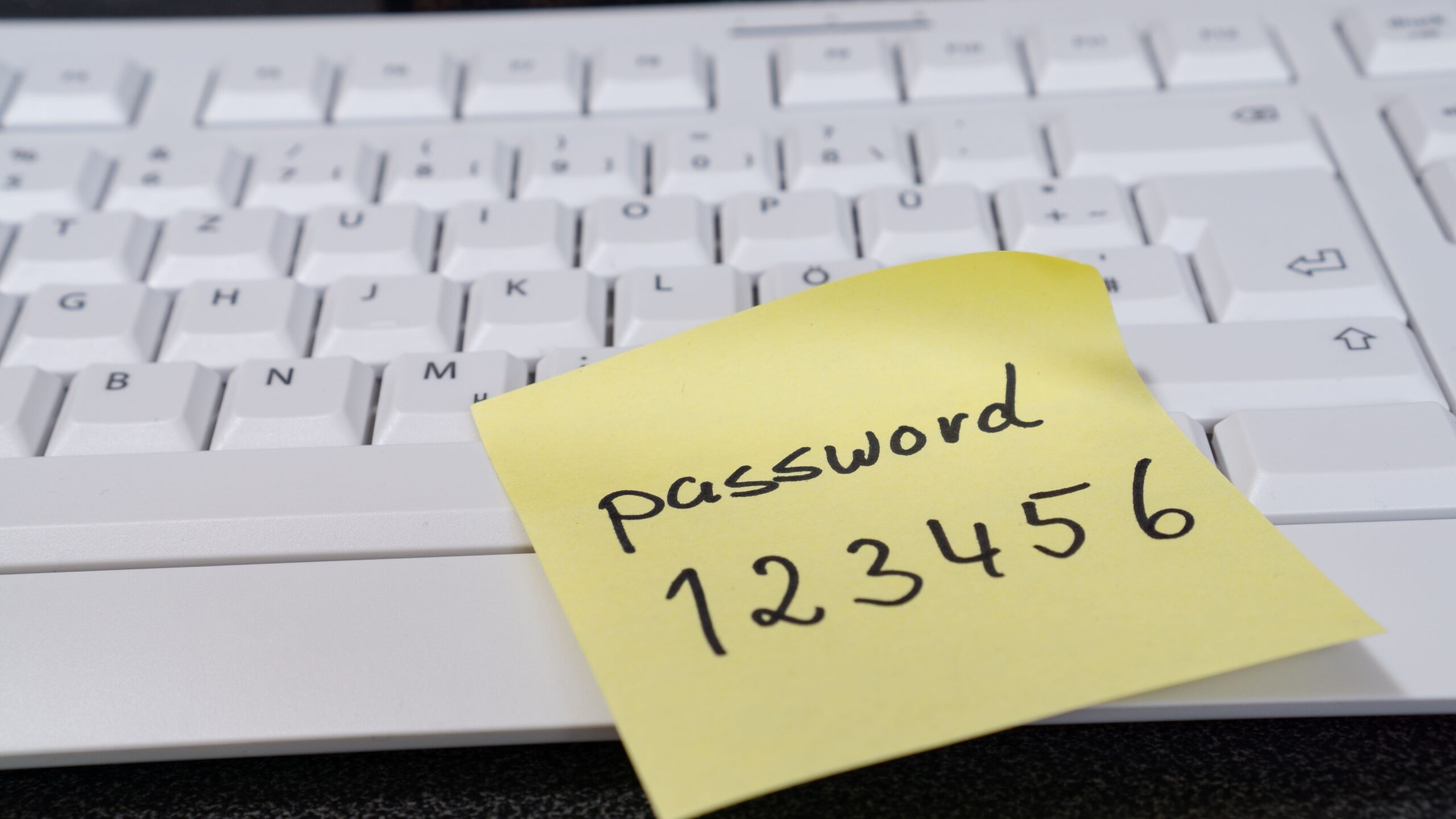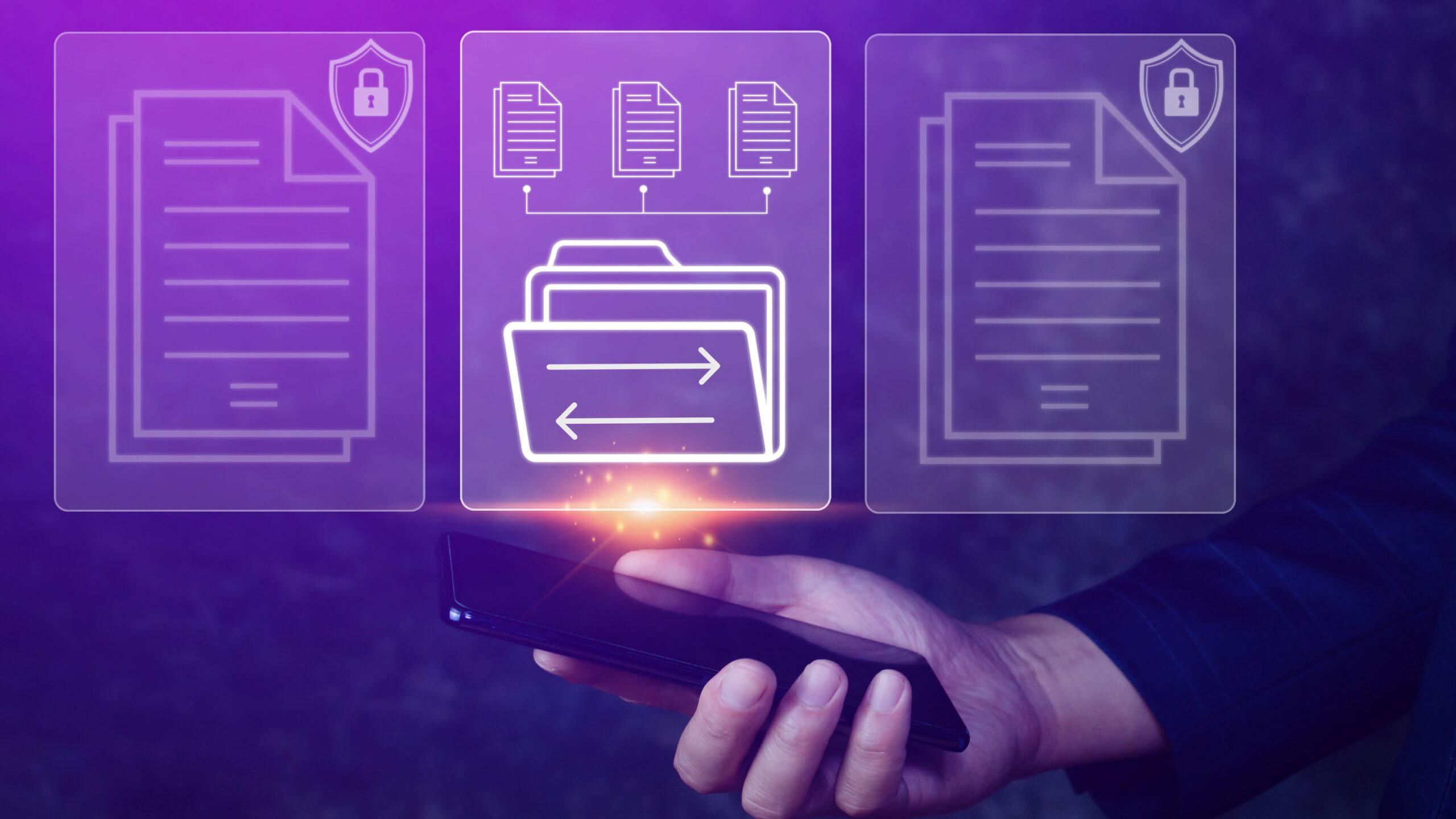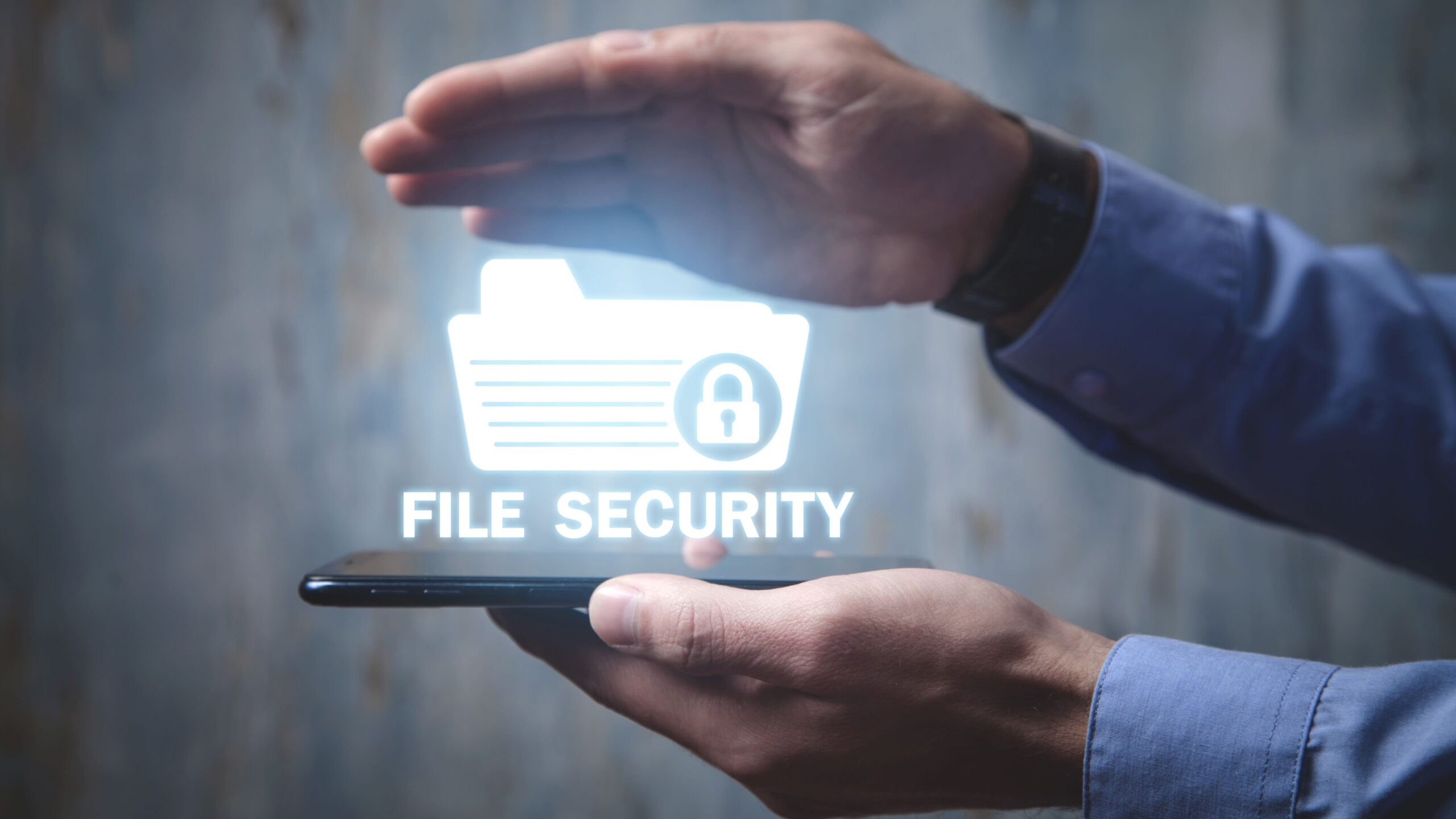In our hyper-connected world, protecting your personal information online has never been more important. Every click, download, and swipe can expose your sensitive data to potential hackers. Yet, many of us unknowingly engage in tech habits that put our information at risk daily. From weak passwords to careless Wi-Fi use, these common behaviors open doors for cybercriminals. Ready to learn what you might be doing wrong—and how to fix it?
Using Weak or Repeated Passwords
Passwords act as the very first barrier protecting your personal and sensitive information online. Unfortunately, many people still use weak passwords like “123456,” “password,” or simple sequences that can be easily guessed. Even worse, using the same password across multiple websites means that if one account is compromised, all your other accounts with the same password are at risk. This habit essentially hands cybercriminals a master key to your entire digital life. Weak or repeated passwords are one of the easiest ways for attackers to gain unauthorized access because they can exploit these vulnerabilities automatically without much effort.
Hackers use sophisticated tools and techniques to break into accounts protected by weak or reused passwords. Two common methods are brute force attacks and credential stuffing. Brute force attacks involve trying every possible combination of characters until the right one is found, which is surprisingly effective against short or simple passwords. Credential stuffing is even more dangerous because it leverages leaked username-password pairs from one breach and tests them on other platforms, exploiting people’s tendency to reuse passwords. To protect yourself, consider using a password manager. These tools generate strong, unique passwords for each account and securely store them so you don’t have to remember every one. This simple step dramatically reduces your risk of being hacked.
Ignoring Software and System Updates
We all encounter those “Update now” notifications and often dismiss them, thinking we’ll get to it later or fearing the update might interrupt our work. However, ignoring software and system updates is like leaving the front door of your house wide open for burglars. Updates are not just about new features or improvements; they frequently include critical security patches that fix vulnerabilities discovered in the software. Cybercriminals actively scan for these weaknesses in outdated systems to exploit them, which means failing to update puts your data directly in the firing line.
Outdated operating systems, apps, and browsers can act as backdoors that allow malware, ransomware, and other cyber threats to sneak into your devices unnoticed. Attackers often target unpatched software because it’s easier to infiltrate and harder for users to detect malicious activity. Here’s what you should remember about updates:
- Always install updates promptly, ideally as soon as they become available.
- Enable automatic updates when possible to minimize delay.
- Regularly check for updates on devices or software that don’t update automatically.
By treating updates as a top priority rather than a nuisance, you can significantly improve your digital security and reduce the risk of falling victim to cyberattacks.
Clicking on Suspicious Links or Attachments
Have you ever received an urgent email or message prompting you to click a link or download an attachment immediately? This is a classic example of phishing—a deceptive tactic used by cybercriminals to trick you into revealing your passwords, personal information, or even installing malware on your device. Phishing attacks are getting more sophisticated, often mimicking official communications from trusted companies, banks, or even friends and family members. Falling for these scams can lead to identity theft, financial loss, or unauthorized access to your accounts.
Recognizing and avoiding phishing attempts requires vigilance and a few simple habits:
- Always double-check the sender’s email address or phone number to verify authenticity.
- Hover over links without clicking to see the actual URL and look for misspellings or suspicious domains.
- Never open attachments from unknown or unexpected sources.
- Be cautious of emails or messages that create a sense of urgency or fear—they often aim to make you act without thinking.
By adopting these habits, you can protect yourself from falling victim to phishing scams, which remain one of the most common and dangerous cyber threats today.
Over-sharing on Social Media
Sharing seemingly harmless details on social media—like your upcoming vacation plans, your full birthdate, or even your pet’s name—might seem innocent and fun. However, this information can be a goldmine for cybercriminals. Many online accounts use personal details such as your birthdate or pet’s name as security questions or password reset information. By oversharing, you unintentionally provide hackers with clues they need to bypass security measures and gain access to your accounts. Moreover, detailed location posts or travel updates can signal when you’re away from home, increasing the risk of physical burglary or identity theft.
To protect yourself, it’s essential to be mindful of what you share and who can see your content. Adjusting your social media privacy settings is a powerful step toward controlling your digital footprint. Restrict your posts to friends or close contacts, avoid publicly posting sensitive personal information, and regularly review your privacy options on platforms like Facebook, Instagram, and Twitter. Think twice before posting anything that could be used against you or expose your private life to strangers. This cautious approach helps keep your identity safe and your online presence secure.
| Type of Info Shared | Potential Risks | Recommended Action | Example |
| Vacation plans | Signals when home is empty; physical risk | Share travel updates only with trusted contacts | Post photos after returning home |
| Full birthdate | Used in security questions; identity theft risk | Limit birthdate visibility; use partial dates | Set birthday visible only to friends |
| Pet’s name | Common password/security question answer | Avoid sharing pet names publicly | Use nicknames or avoid mentioning |
| Location tags/posts | Reveals daily routines and whereabouts | Turn off location tagging or restrict visibility | Share location after leaving |
Using Public Wi-Fi Without Protection
Public Wi-Fi networks—found in cafes, airports, hotels, and other public spaces—are incredibly convenient but often come with significant security risks. Most public Wi-Fi networks lack proper encryption, meaning the data you send and receive can be intercepted by hackers lurking on the same network. This exposure makes it easy for attackers to steal sensitive information like your login credentials, credit card numbers, or even install malicious software on your device without your knowledge.
To protect your data when using public Wi-Fi, it’s crucial to take extra precautions. One of the most effective tools is a Virtual Private Network (VPN), which encrypts your internet traffic and routes it through secure servers. This encryption prevents hackers from eavesdropping on your connection or stealing your information. Other best practices include avoiding sensitive transactions (like online banking) on public Wi-Fi, disabling automatic Wi-Fi connections, and turning off file sharing on your device. By combining these strategies, you can enjoy the convenience of public Wi-Fi without putting your data at risk.
| Risk | Explanation | How to Protect Yourself | Tips |
| Data interception | Hackers capture unencrypted traffic on public Wi-Fi | Use VPN to encrypt all traffic | Choose reputable VPN providers |
| Malware injection | Attackers send malware through unsecured network | Avoid downloading files or apps on public Wi-Fi | Keep antivirus software updated |
| Fake Wi-Fi hotspots | Hackers create fake networks to steal data | Verify network name with staff before connecting | Disable auto-connect to Wi-Fi |
| Account credential theft | Passwords and logins can be intercepted | Use two-factor authentication for important accounts | Change passwords regularly |
Not Using Two-Factor Authentication (2FA)
Passwords alone, no matter how strong, are not always enough to secure your accounts. This is where two-factor authentication (2FA) becomes a game-changer. 2FA requires you to provide two forms of identification before gaining access to an account—usually something you know (your password) and something you have (a code sent to your phone or generated by an app). This extra layer of protection significantly decreases the chance of hackers gaining entry, even if they manage to steal your password.
Enabling 2FA is especially important for sensitive accounts such as email, banking, and social media, where a breach could have serious consequences. Setting up 2FA is usually quick and easy and can often be done through your account’s security settings. Popular 2FA methods include SMS codes, authenticator apps (like Google Authenticator or Authy), or hardware keys. With 2FA, you turn your account from a simple lock into a multi-layered fortress, making it much harder for attackers to break in.
Storing Sensitive Info on Devices Without Encryption
Many people store passwords, banking information, or private documents directly on their phones, laptops, or tablets without encryption. This is a risky practice because if your device is lost, stolen, or accessed by unauthorized individuals, all of that sensitive data is exposed in plain text. Without encryption, anyone who physically accesses your device can easily extract this information, putting your identity, finances, and privacy at risk.
To mitigate this threat, it’s crucial to use encryption tools that come built into most modern devices. Encryption scrambles your data so that it can only be read by someone with the correct decryption key—usually tied to your device’s password or biometric login. Activating device encryption protects stored information even if your device falls into the wrong hands. Many operating systems also offer encrypted backups and secure folders for sensitive files, adding additional layers of protection. By encrypting your data, you ensure that your most private information remains secure no matter what happens to your device.




